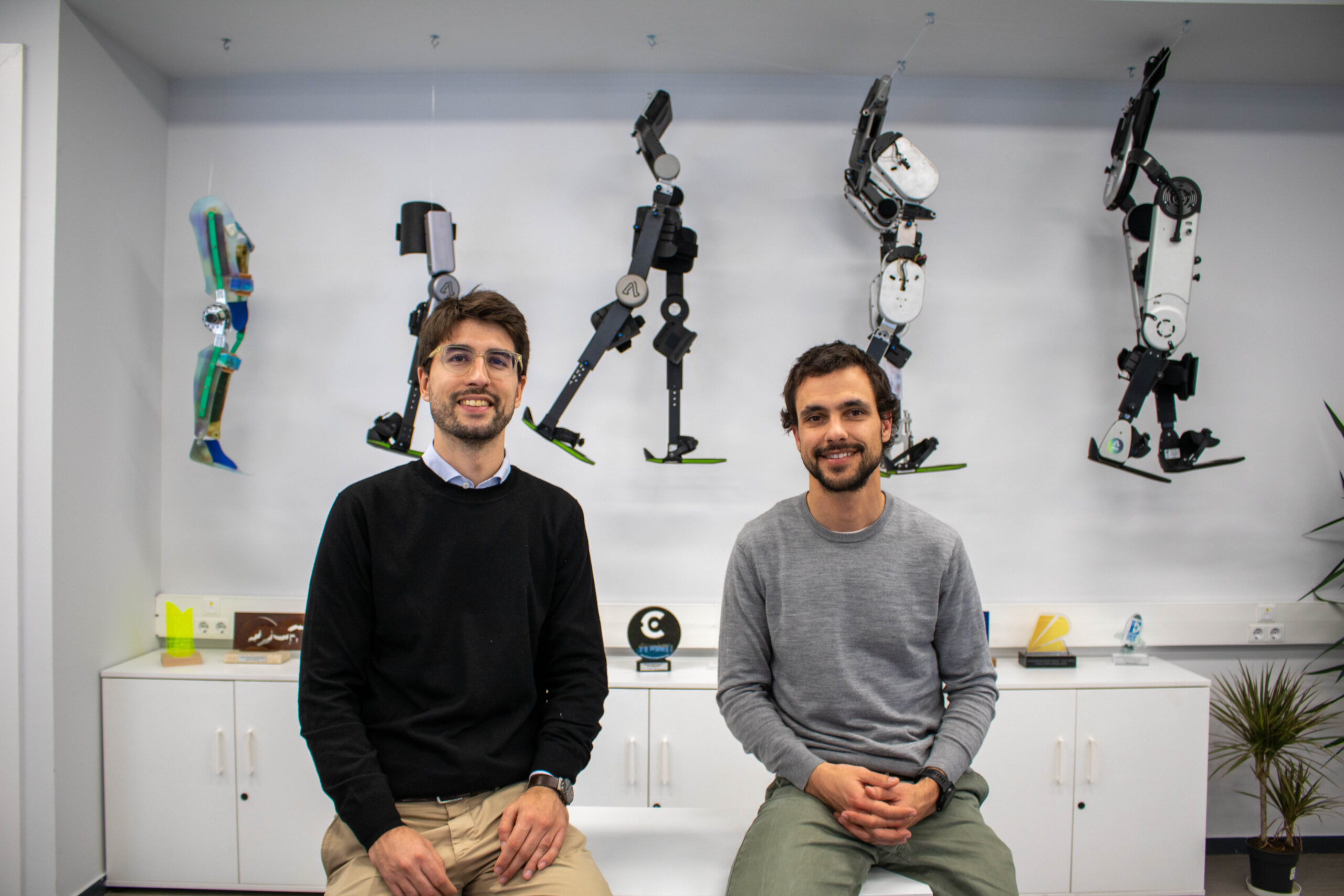26th July 2019
EIT Health network exchanges views on the most effective strategies of developing healthcare innovations.
On 26-28 June 2019, EIT Health Hubs together with InnoStars Partners visited the innovation hub in Oxford. This is the Oxford’s innovation ecosystem that contains organisations and institutions such as University of Oxford, but also Oxentia – a company that evolved from the Technology Transfer Office of Oxford University. The main aim of the visit was to exchange information with pre-eminent European innovators on practices how to build the best ecosystem. With this support, the emerging European regions got the opportunity to learn and make more progress. The first study visit of the year was organised by EIT Health InnoStars according to the EIT Regional Innovation Scheme, supported by the European Institute of Innovation and Technology (EIT). The representatives of EIT Health Hubs and their guests – senior government deputies, successful entrepreneurs, hospital managers and university leaders, together with EIT Health Partners participated in dedicated workshops, where – among others – the following topics were touched upon:
- an introduction to the structure of innovation hub in Oxford (stakeholders, funds, support mechanisms, regulations, trainings);
- lessons for technology transfer;
- topics about investing methodology;
- university-business collaboration;
- the Business Model Canvas as a valuable planning tool.
Tom Hockaday, the former CEO of Oxford University Innovation shared his knowledge and experience about commercialization and knowledge exchange perspectives. Leader of Oxford University Innovation Incubator, Catherine Spencer inspired all participants by presenting how to create a supportive environment for medical start-ups. The study visit to Oxford was also focused on better cooperation between universities and industries. The workshops gave all participants an insight into how these parties may interact with each other, how universities may encourage researchers to apply their talents for industry projects, and what kind of benefits may occur during such a collaboration.
“The Oxford study tour had a double benefit” – says Gabriella Sódar, representative of Semmelweis University, EIT Health Partner. “On the one hand, we had the possibility to scrutinize one of the most effective innovation ecosystems, meet a range of entrepreneurs, and other key stakeholders. On the other, we had the chance to meet other Partners and discuss the possible adaptation of good practices and other potential cooperation”. Jakob Gajsek, representative of Ljubljana University Incubator, EIT Health Hub, adds that the study visit to Oxford was very illuminating. “I learned a great amount about technology and innovation transfer, and how the innovation community in Oxford works” he says.
During the study visit to Oxford, all attendees had the opportunity to broaden their knowledge about the process of setting up innovation hubs and elements of the Oxford example. Moreover, bridging the gap between science and business innovation was highlighted and it was presented how to provide a supportive environment for medical start-ups. In addition, all participants obtained an insight on organising cooperation between local partners and developing joint projects and activities, and how local environment impacts business partnering decisions. The programme was compiled from Oxentia.
Health experts make recommendations on EHDS implementation

Discover our new Think Tank report.
EIT Health-supported ABLE Human Motion receives CE mark

Learn how EIT Health has supported their journey.
